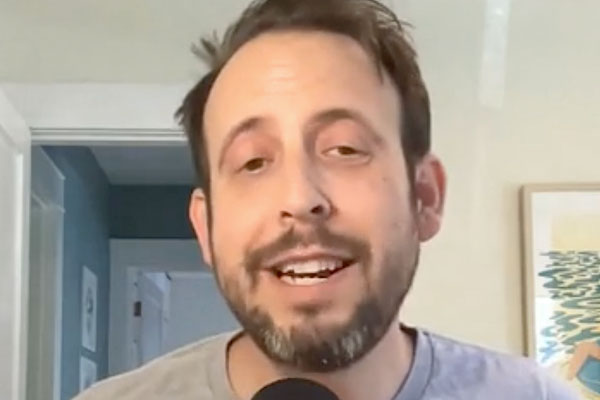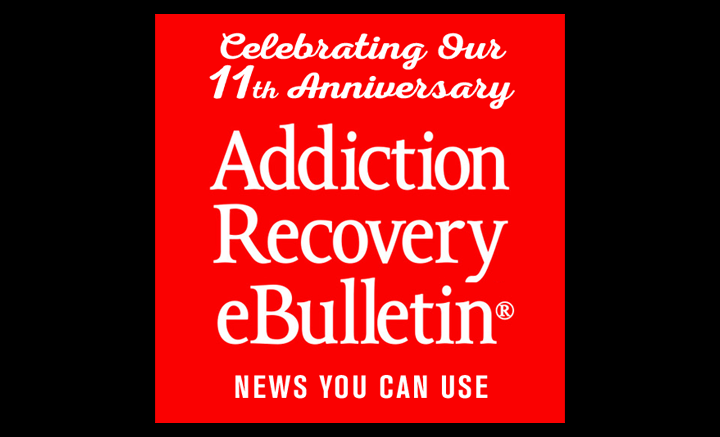VIDEO – SCREAM TIME? –
Aug. 28, 2023 – Trends are going in the wrong direction, even as more people seek care. “That’s not true for cancer [survival], it’s not true for heart disease [survival], it’s not true for diabetes [diagnosis], or almost any other area of medicine,” says Dr. Thomas Insel, the psychiatrist who ran the National Institute of Mental Health (NIMH) from 2002 to 2015 and author of Healing: Our Path from Mental Illness to Mental Health. “How do you explain that disconnect?”
Dr. Robert Trestman, chair of the American Psychiatric Association’s (APA) Council on Healthcare Systems and Financing, says there are multiple factors at play, some positive and some negative. On the positive side, more people are comfortable seeking care as mental health goes mainstream and becomes less-stigmatized, increasing the total number of people getting diagnosed with and treated for mental-health issues.
Less positively, Trestman says, more people seem to be struggling in the wake of societal disruptions like the pandemic and the Great Recession, driving up demand on an already-taxed system such that some people can’t get the support they want or need. Some experts, however, believe the issue goes deeper than inadequate access, down to the very foundations of modern psychiatry. As they see it, the issue isn’t only that demand is outpacing supply; it’s that the supply was never very good to begin with, leaning on therapies and medications that only skim the surface of a vast ocean of need.



